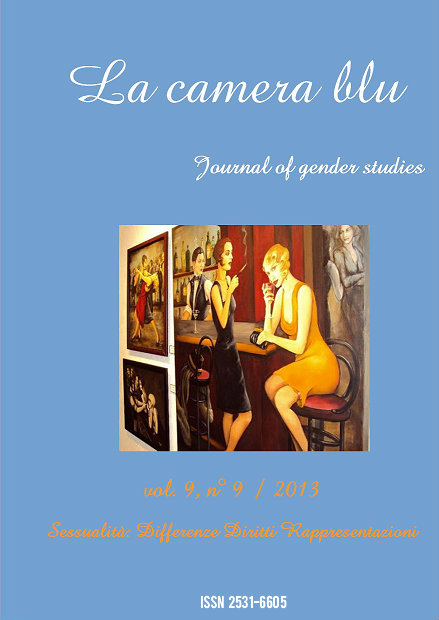The midwife figure: a historiographical inquiry
DOI:
https://doi.org/10.6092/1827-9198/2014Keywords:
Midwife, delivery, profession, historiographical inquiryAbstract
The history of midwifery, fairly disregarded by Italian historiography, results crucial in order to fully understand both the role of women and of the foundation of the family in post-unification Italy. It firmly highlights the complexity, the undertones and, sometimes, the contradictions of the female models. The historical research, mainly in the English area, has fully recognized the indisputable significance of the midwives’ role. As a matter of fact, they emerge as representatives of medical professions in the volume by Willem Tousijn, Il sistema delle occupazioni sanitarie (2000), which combines both historical reconstruction and sociological survey. If, on the one hand, the history of midwifery is quite acquainted for the 17th and 18th centuries, thanks to the works by Mireill Laget (1982), and by Jacques Gélis (1988), on the other hand, however, the 19th century still remains to be written for the great part. In Italy, Laura Guidi, Claudia Pancino and Alessandra Gissi have traced an outline of the midwives’ path for their professional achievement throughout the 19th and the 20th centuries. This article briefly reviews these themes, rereading the texts and focusing, in particular, on the question of the professionalization of the midwife and on its actual recognition as a professional figure.
Downloads
Downloads
Published
How to Cite
Issue
Section
License
La camera blu is an open access, online publication, with licence CCPL Creative Commons Attribution 3.0 Unported


